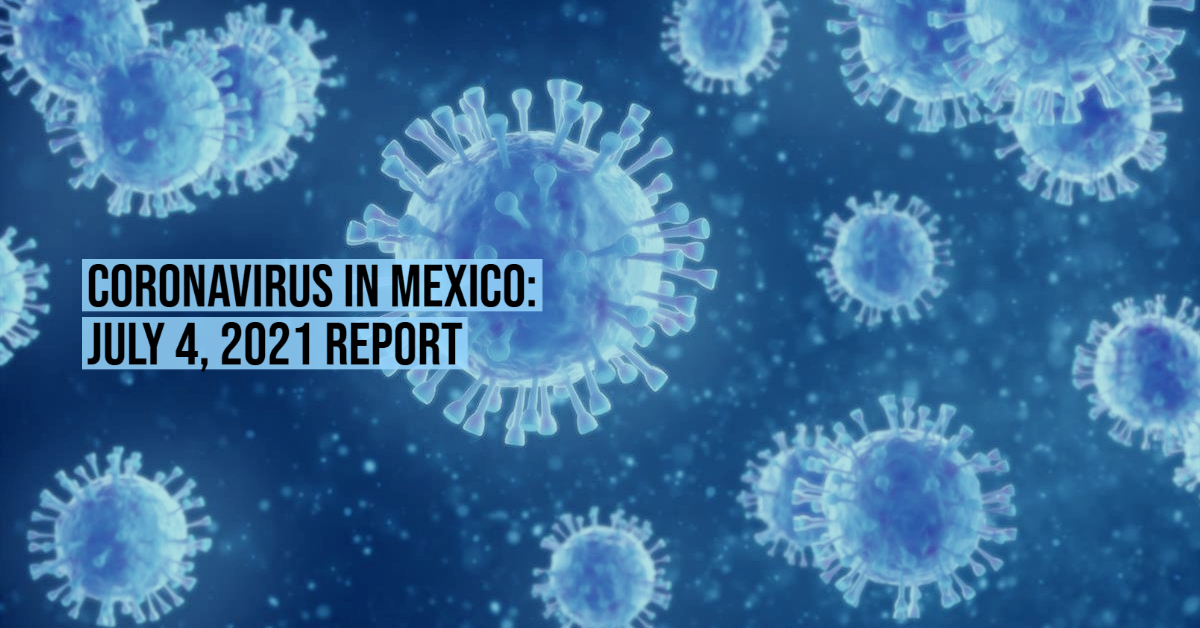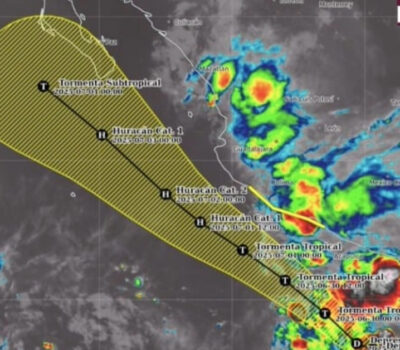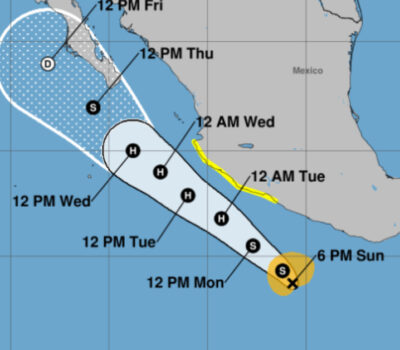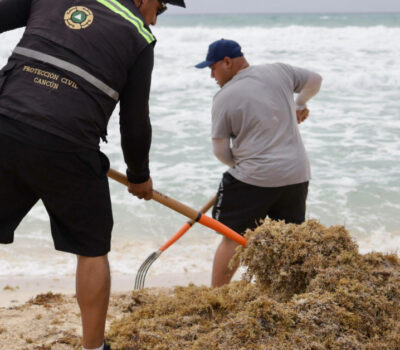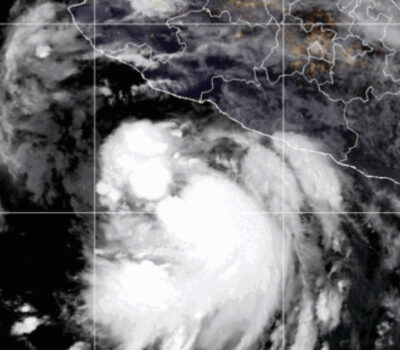On Sunday, Mexico reached 2,540,068 accumulated cases of COVID-19 since the beginning of the pandemic, with 2,611 new confirmed cases in the last 24-hours. Likewise, 42 more deaths were registered in the past day, the total number of deaths from the virus rose to 233,622, according to information from the Federal Ministry of Health.
In its daily report for July 4, the health agency detailed that 42,944 active cases are estimated, that is, people who have presented symptoms of COVID-19 in the last 14 days (June 21 to July 4, 202).
In addition, the General Director of Health Promotion, Ricardo Cortés Alcalá, explained through his Twitter account that last week closed with an 18% increase in infections and that this week begins with a 22% increase in cases.
By federal entity, Mexico City (13,334) and the State of Mexico (3,031) are the entities with the highest number of active cases; followed by Tabasco, Baja California Sur, Yucatán, Quintana Roo (more than 2,000); and then Veracruz, Tamaulipas, Sinaloa, Sonora and Nuevo León (more than 1,400). Between them, they concentrate 85% of the active infections in the country.
Regarding hospital occupancy, Cortés Alcalá announced that the same levels are maintained, that is, to date there is a national reduction of 85%, compared to the peak of the pandemic. General bed occupancy is 19%; while beds with a ventilator remain at 16%.
Epidemiological Traffic Light
This Friday, the health agency updated the colors of the COVID-19 Epidemiological Traffic Light, which will be in force from July 5 to 18.
For the tenth consecutive time, no state will be “red” (maximum risk of contagion). On the contrary, in “green” color (low risk of contagion) there will be 19 states: Aguascalientes, Baja California, Chiapas, Coahuila, Durango, State of Mexico, Guanajuato, Guerrero, Hidalgo, Jalisco, Michoacán, Morelos, Nayarit, Oaxaca, Puebla, Querétaro, San Luis Potosí, Tlaxcala and Zacatecas.
In “yellow” or moderate risk will remain eight states: Campeche, Chihuahua, Mexico City, Colima, Nuevo Leon, Sinaloa, Sonora and Veracruz.
While in “orange” (high risk) there will be five: Baja California Sur, Quintana Roo, Tabasco, Tamaulipas and Yucatán.
COVID-19 vaccination in Mexico
On Saturday, July 3, 250,207 vaccines were applied throughout the country, so the total doses supplied nationwide since the vaccination plan began in December 2020, amounts to 47,197,494.
The federal agency detailed that 32,575,554 people have been vaccinated against SARS-CoV-2, of which 19,829,015 have a complete scheme (61%) and 12,746,539 people have a half scheme. This represents that vaccination coverage with at least one dose is 36% of the population over 18 years of age.
By state, Baja California and Mexico City (79% and 53%, respectively) have the highest rate of vaccination; while Chiapas and Puebla the lowest (18% and 25%, respectively)
To date, Mexico has received 59,737,895 doses of the vaccines negotiated by the federal government: Pfizer-BioNtech, AstraZeneca, SinoVac, Gamaleya, Cansino, and Johnson & Johnson.
COVID-19 in Puerto Vallarta
Puerto Vallarta has confirmed a total of 8,197 cases of COVID-19 and 442 deaths since the beginning of the pandemic. In the past 24-hours, Puerto Vallarta has confirmed an additional 44 cases of COVID-19. Puerto Vallarta experienced a 30% increase in hospitalizations in June compared to the previous month (May). Due to a lack of available testing, real numbers of daily infections are expected to be much higher than authorities report. Of those being tested, Puerto Vallarta is registering an increase in cases, meaning that community transmission is on the rise within the population not having access to COVID-19 testing and those who are asymptomatic.
On Sunday, Mexico reached 2,540,068 accumulated cases of COVID-19 since the beginning . . .

